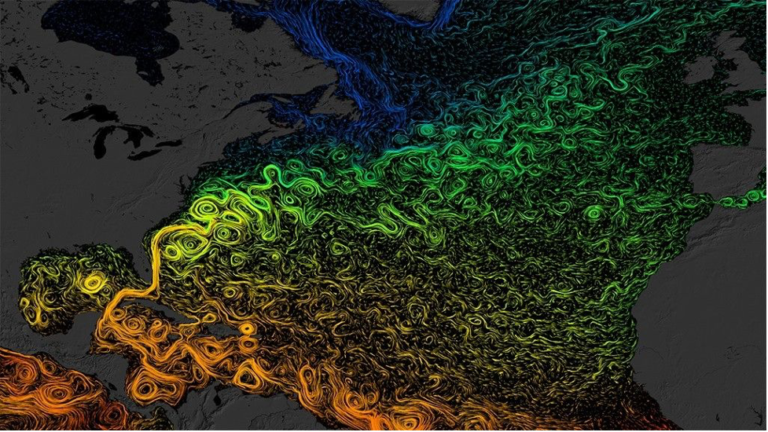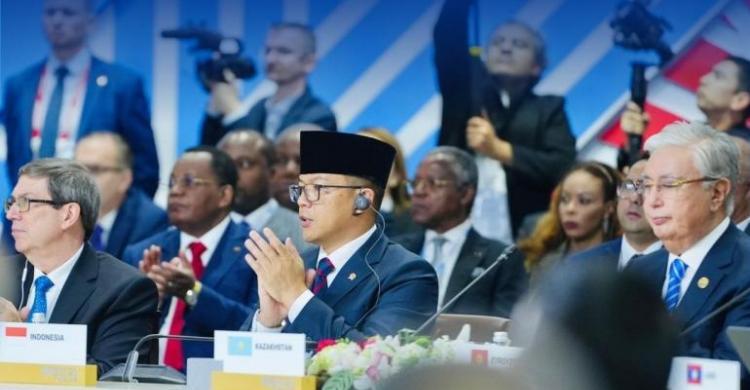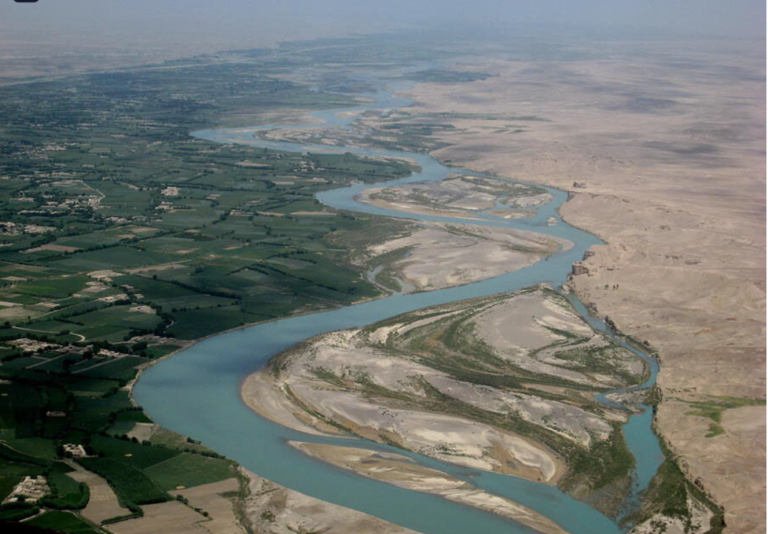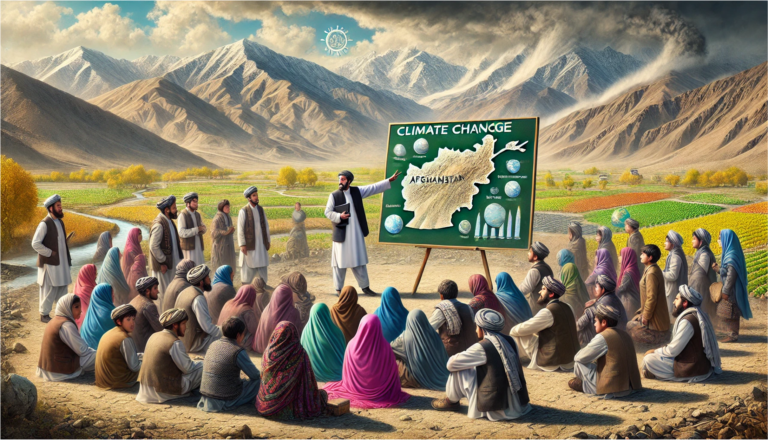When it comes to climate change, governance plays a crucial role in addressing the problem and engaging stakeholders at every level. As a global issue, climate change knows no boundaries, demanding cooperation across local, national, regional, and international levels. Two frameworks, Two-Level Games and Multi-Level Governance (MLG), offer valuable insights into navigating these complexities. Though they may seem distinct, both share a common goal: balancing domestic and international interests to create effective policies.
This blog explores how these two frameworks intersect and why their integration is essential for addressing climate challenges in an interconnected world.
Two-Level Games: Balancing Domestic and International Interests
The concept of Two-Level Games, introduced by Robert Putnam, highlights the dual pressures negotiators face. At the international level, they must secure agreements that align with global priorities. At the domestic level, they must ensure these agreements satisfy various constituencies, a balance determined by what Putnam calls “win-sets”—policies that both sides find acceptable.
Take China as an example. Domestically, China prioritizes economic development and aims to reach peak emissions by 2030. This ambition is criticized internationally for its impact on global climate efforts. However, China also commits to renewable energy expansion, supporting the Paris Agreement while safeguarding its economic interests. This balancing act showcases the essence of Two-Level Games: navigating domestic constraints while contributing to international solutions.
Multi-Level Governance: Connecting Stakeholders Across Levels
Multi-Level Governance (MLG) addresses the need for collaboration across local, national, and global levels, emphasizing the interconnectedness of climate challenges. Climate risks, such as droughts in West Africa or rising sea levels in Southeast Asia, demand coordinated efforts that go beyond the capacities of individual governments.
For instance, Krampe et al. highlight how regional organizations play a vital role in addressing transboundary climate risks. By integrating diverse stakeholders—local governments, businesses, and civil society—MLG bridges gaps between localized actions and broader strategies, ensuring that every level of governance contributes to tackling climate impacts.
Where Two-Level Games and MLG Intersect
Both frameworks share the principle of interdependence, emphasizing collaboration across levels to create effective policies. A clear example of their intersection is the Paris Agreement on climate change.
At the international level, countries negotiate emission reduction targets and climate action commitments. These negotiations illustrate Two-Level Games, where policymakers balance international pressures with domestic concerns to gain political support at home.
Meanwhile, the Paris Agreement’s implementation reflects MLG in action. Local governments, businesses, and communities all contribute to achieving climate goals. Success depends on vertical and horizontal collaboration—linking global agreements with local actions and ensuring coherence across sectors.
Why Integration Matters
Bringing Two-Level Games and MLG together creates good governance, addressing climate challenges holistically. Global agreements must resonate domestically, aligning with the preferences of local constituencies. At the same time, MLG ensures inclusivity by engaging diverse stakeholders, fostering collaboration that strengthens policy coherence.
In an interconnected world, climate change demands solutions that are both globally negotiated and locally actionable. Integrating these frameworks ensures that policies address the needs of all stakeholders while bridging the gap between domestic and international priorities. By understanding how these frameworks complement each other, we can craft robust, equitable policies to tackle the pressing challenges of climate change.











+ There are no comments
Add yours